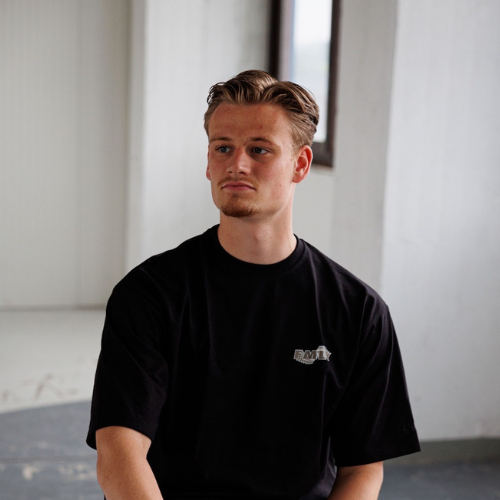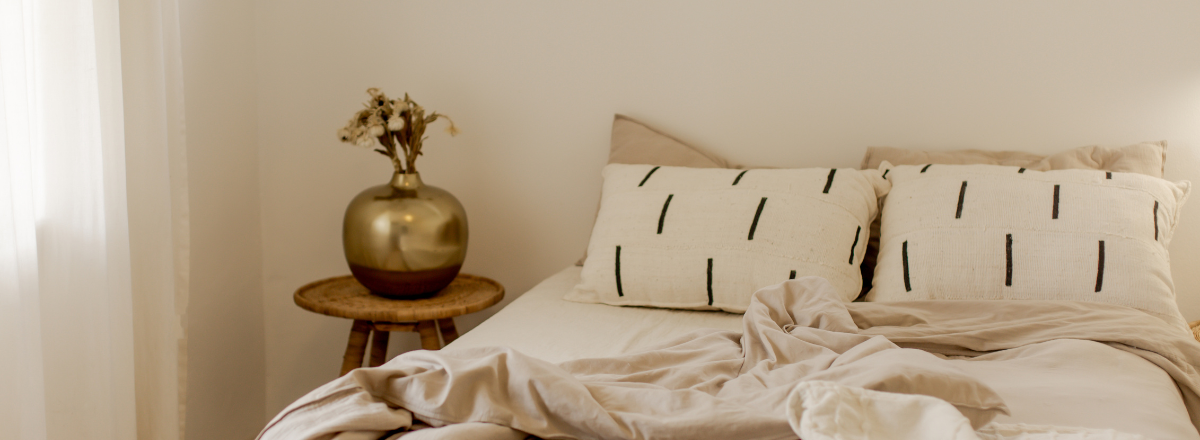Warm summer nights call for bedding that keeps you cool, comfortable, and easy to care for. Choosing the right duvet can make a big difference, especially when looking at coverless duvets—an innovative solution growing in popularity. Two brands stand out, namely Zelesta and HappyBed. But which of these two offers the best experience during the summer months? We compare both and explain why HappyBed's coverless duvet is the perfect choice for a fresh, comfortable night.
Why choose a coverless duvet in summer?
Traditional duvets with covers can feel impractical in summer. The extra layer of the cover can trap heat while sweat accumulates faster. Coverless duvets cleverly solve this problem with an all-in-one design that combines simplicity and comfort. No more shifting covers or hassle – but which coverless option suits your summer nights best? Let's compare Zelesta and HappyBed.
1. Materials and Breathability
An essential aspect of summer sleep comfort is the material. It should be light, breathable, and moisture-wicking so the bed doesn't feel too warm or clammy.
Zelesta Duvet
Zelesta uses microfiber as the base material, known for its light weight and soft texture. Although its breathability is decent, microfibers tend to retain heat, especially at higher temperatures. This can make your nights feel stuffy.
- Advantages: Light and feels soft.
- Disadvantages: Limited ventilation and less effective moisture regulation.
HappyBed Duvet
HappyBed stands out with natural bamboo fibers. This material has proven to be one of the best for breathability and moisture regulation. Bamboo fibers allow air to circulate freely, wick away sweat, and keep your bed dry and fresh, even on the warmest nights. Moreover, bamboo feels silky soft and is suitable for sensitive skin.
- Advantages: Excellent breathability, moisture regulation, and optimal comfort.
- Disadvantages: None, as bamboo fibers excel in all key aspects for summer.
2. Ease of Maintenance
Easy maintenance is a priority during summer days, and coverless duvets generally score well thanks to their all-in-one design.
Zelesta Duvet
The Zelesta duvet can be washed, but due to the microfibers, drying often takes longer. The material also tends to wrinkle more after washing, which can be less visually appealing.
- Advantage: Machine washable.
- Downside: Longer drying time and prone to wrinkles.
HappyBed Duvet
The coverless duvet from HappyBed is designed with convenience in mind. You can easily put it in the washing machine, and thanks to the quick-drying nature of bamboo fibers, it’s ready to use again before you know it. Plus, the duvet stays smooth and retains its shape effortlessly, even after multiple washes.
- Advantage: Quick and easy to wash and air dry.
- Downside: None.
3. Comfort and Stability
During summer nights, no one wants to wake up due to shifting bedding or uncomfortable seams. A stable and lightweight duvet is therefore crucial.
Zelesta Duvet
With its light weight and soft texture, Zelesta scores fairly well on comfort. However, because the filling is less firmly quilted, it can shift during use. This may lead to uneven heat distribution and cold spots, affecting your sleep comfort.
HappyBed Duvet
HappyBed tackles this issue with quilted compartments that keep the filling firmly in place. This ensures even heat distribution, no matter how much you move during sleep. Additionally, the bamboo fiber feels airy and comfortable, even on the hottest nights.
- Advantages: Quilted compartments for stability, lightness, and a luxurious touch.
- Disadvantages: None, the design is thoughtful and reliable.
4. Sustainability and Environmental Friendliness
With growing attention to sustainability, it’s important to consider the environmental impact of your bedding.
Zelesta Duvet
Zelesta uses synthetic materials like microfibers, which are less environmentally friendly. While the duvet may seem affordable in the short term, it is less durable over time due to wear and the environmental impact of synthetic fibers.
HappyBed Duvet
HappyBed consciously focuses on sustainability by using bamboo fibers. Bamboo grows quickly, requires little water, and is processed without harmful chemicals, making it both an eco-friendly and ethically responsible choice. Moreover, HappyBed duvets last longer thanks to their high-quality construction.
- Advantages: Durable, environmentally friendly, and longer lifespan.
- Disadvantages: None.
5. Price-Quality Ratio
While price remains an important factor, it’s essential to consider what you get for your investment.
Zelesta Duvet
Zelesta offers a more affordable duvet cover option, but compromises are made in breathability, durability, and stability. It may be an option for short-term use, but expect more maintenance and replacement costs in the long run.
HappyBed Duvet
HappyBed offers a premium product worth every euro. With superior breathability, durability, and a refined design tailored for summer nights, it’s an investment in years of sleep comfort.
- Advantages: Excellent quality that offers more value in the long run.
- Disadvantages: A higher entry price, but fully justified by the benefits.
Conclusion: The Summer Winner is HappyBed
While both Zelesta and HappyBed coverless duvets are available, the comparison shows that HappyBed shines in almost every aspect. From the breathable bamboo material and practical maintenance options to the durable design and unmatched stability HappyBed delivers.
If you're looking for the best coverless summer duvet that keeps you cool, comfortable, and worry-free, HappyBed is the natural choice. Experience it yourself and discover why so many satisfied customers choose HappyBed. Try it now!

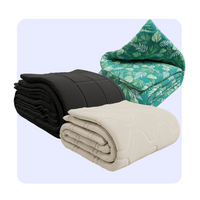



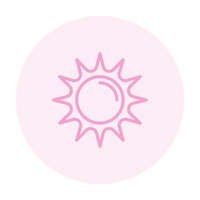

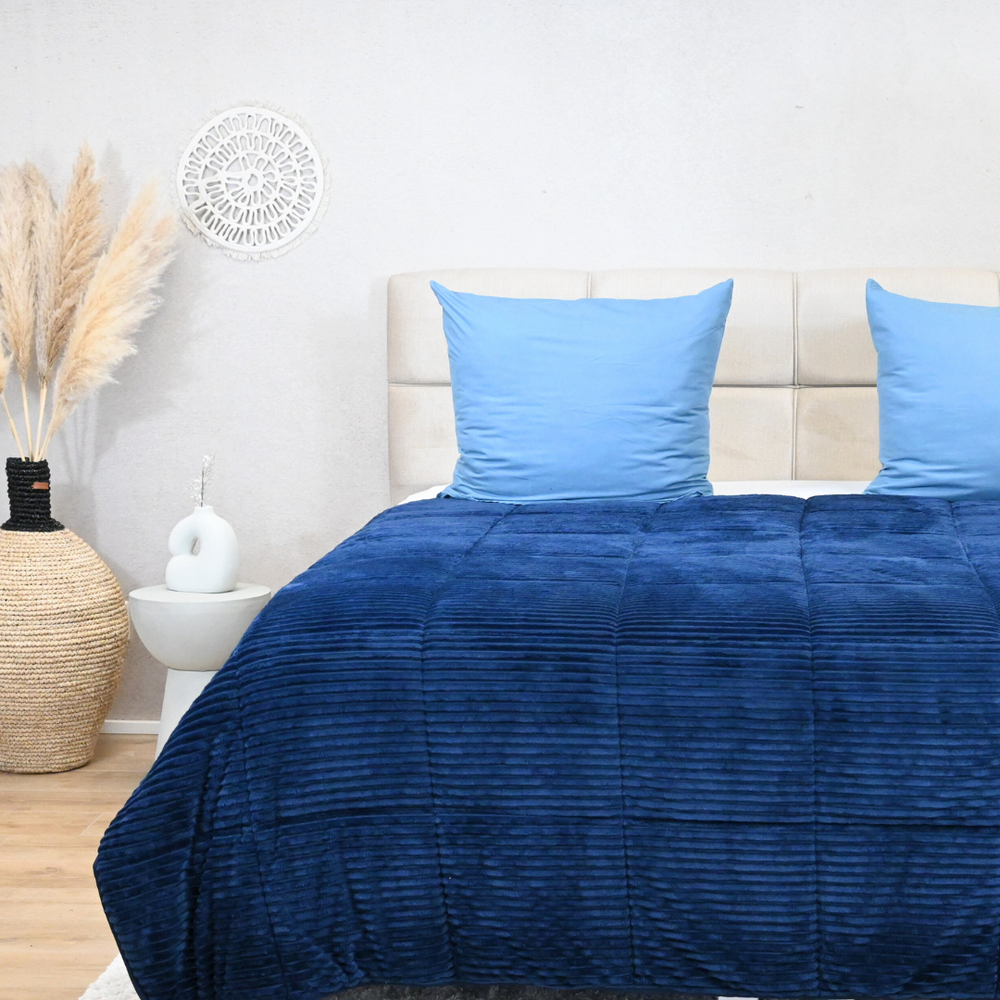
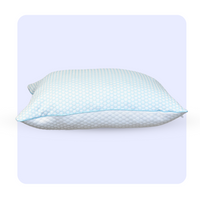
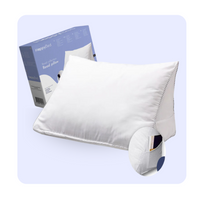
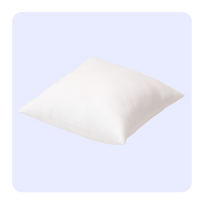


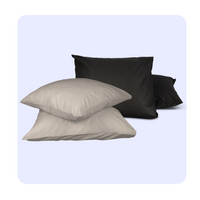
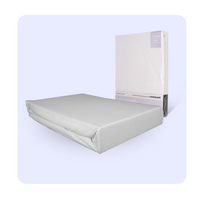


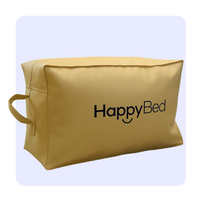
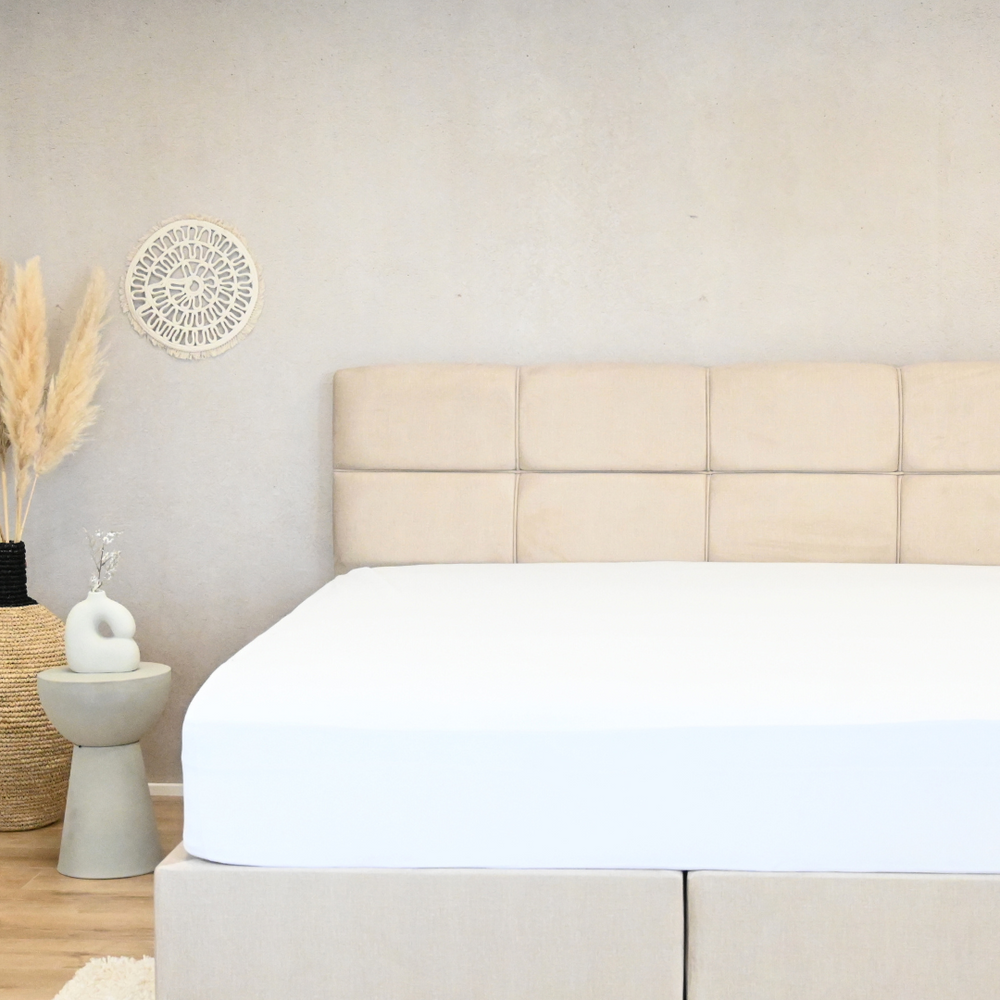
 Continue shopping
Continue shopping
